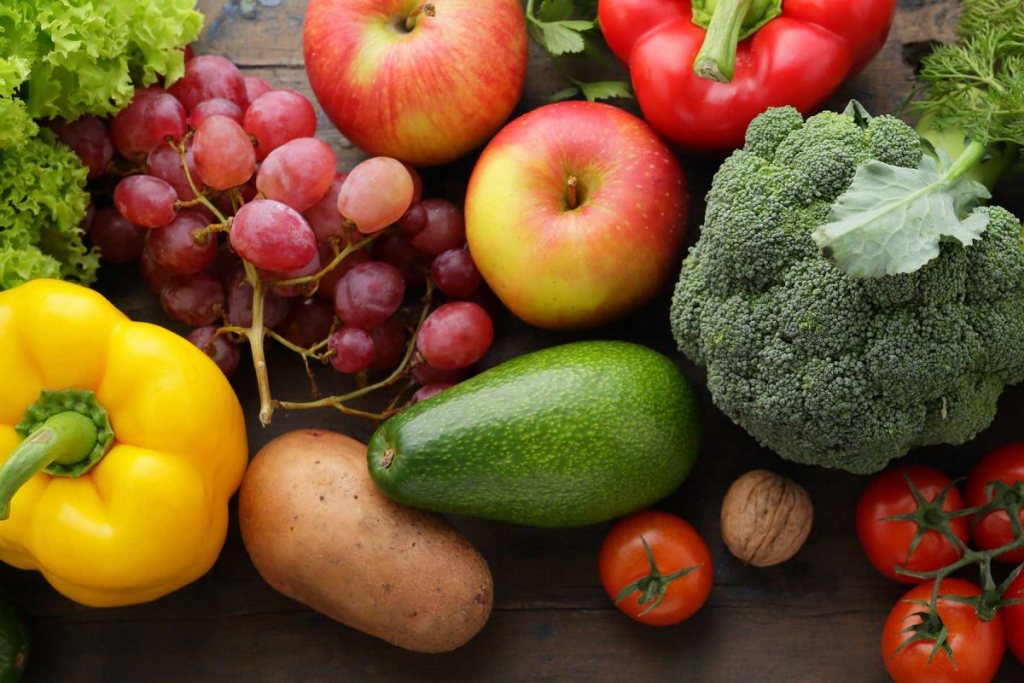
USC researchers find that eating potassium-rich foods could help offset hypertension. (Photo/Shutterstock)
Over one billion individuals across the globe contend with high blood pressure. Data from the World Health Organization indicates that high blood pressure factors into at least 51% of deaths caused by stroke and 45% of deaths caused by heart disease.
While most people know that limiting sodium intake is a key component of preventing and treating high blood pressure, few pay attention to an equally important element: their potassium intake. Fortunately, plant-based diets are rich in potassium. Read on to find out why this is so crucial.
The Partnership Between Sodium and Potassium
It’s impossible to discuss the effects of either sodium or potassium on the body without addressing the partnership between the two. To properly metabolize … store … and flush out these two nutrients, the body requires a balanced supply of both. Alicia McDonough, Ph.D., professor of cell and neurobiology at the Keck School of Medicine of the University of Southern California (USC) has extensively studied the link between blood pressure, sodium, and potassium.
“If you eat a typical Western diet,” McDonough says, “your sodium intake is high and your potassium intake is low. This significantly increases your chances of developing high blood pressure.” McDonough recently published a review in the American Journal of Physiology-Endocrinology and Metabolism that highlighted findings from several population studies showing an association between a higher intake of dietary potassium and lower blood pressure levels, regardless of sodium intake.
Potassium’s beneficial effect appears to stem from several mechanisms, including…
- Improved kidney function
- Reduced blood clotting
- Optimized opening of blood vessels
McDonough believes eating a diet loaded with potassium-rich foods could be a crucial strategy for lowering blood pressure, which results in fewer heart attacks … strokes … and deaths from heart disease.
Why We Crave Sodium and Take Potassium for Granted
To increase our potassium intake, we must override our evolutionary drive. Primitive diets were high in fruits, roots, vegetables, and grains—all valuable sources of potassium—and low in sodium. Consequently, we evolved to crave sodium, which was more difficult to come by. That’s no longer the case. Modern diets contain high quantities of processed foods containing far more sodium than we need and very little potassium.
According to an article shared by Harvard Health Publications, most Americans fall short of the suggested minimum amount of potassium (4,700 milligrams a day) by 50%. Individuals who eat a largely plant-based diet, however, typically meet, or even exceed their potassium needs.
Sixteen Sources of Potassium
If you’re seeking to balance your blood sugar, or to prevent issues in the future, or simply want to ensure you are taking in enough potassium, we’ve compiled a list of the 16 best sources of potassium. One item you might be surprised not to find on the list? Bananas. While they do contain potassium, about 425 milligrams per medium-sized banana, the sources below are all more nutrient-dense.
Ranked in order, our top ten best dietary sources of potassium, with approximated milligrams per 1 cup serving (data sourced from The George Matalan Foundation):
- Beet greens (1,309 milligrams)
- Swiss chard (961 milligrams)
- Spinach (839 milligrams)
- Bok choy (631 milligrams)
- Beets (518 milligrams)
- Brussels sprouts (494 milligrams)
- Broccoli (457 milligrams)
- Cantaloupe (427 milligrams)
- Tomatoes (427 milligrams)
- Asparagus (403 milligrams)
